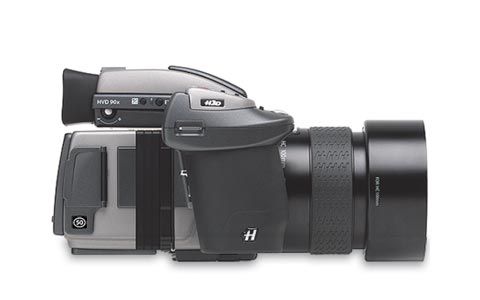Multi-shot cameras like the Hasselblad H3DII-50MS take advantage of some huge leveraging of the basic data collected by the sensor.
Using the same basic strategy that you see in scanners- increasing the physical resolution of a capture by increasing the sample rate- the multishot camera does one better- since it overlaps the basic Bayer Array pattern, you’re able to use the data to filter noise and multiply resolution to a remarkably high level of accuracy and fidelity.
A while ago I put this video together, showing how a multi-shot sensor works. You can see pretty clearly- the inherent problems of the Bayer Array- increased noise due to smaller pixels (a trade-off for higher pixel density and increased physical resolution), aliasing and moire due to the physical properties of a single-shot capture to an RGB reciever- artifacts from accelerated noise and color processing to compensate for loss of actual physical data- all these are completely bypassed by multiple sampling of the image.
Multishot shooting is, naturally, limited to subjects that are not moving… but the cameras can be used in conventional single-shot mode with the flip of a switch. For any application where the absolute highest resolution capture is required- the very top end of the capabilities of the optics of the system, there’s simply no equal to the multishot camera. Add to that the capabilities of any hand-held single-shot DSLR, and you have a tool that is unequaled in flexibility and performance.
